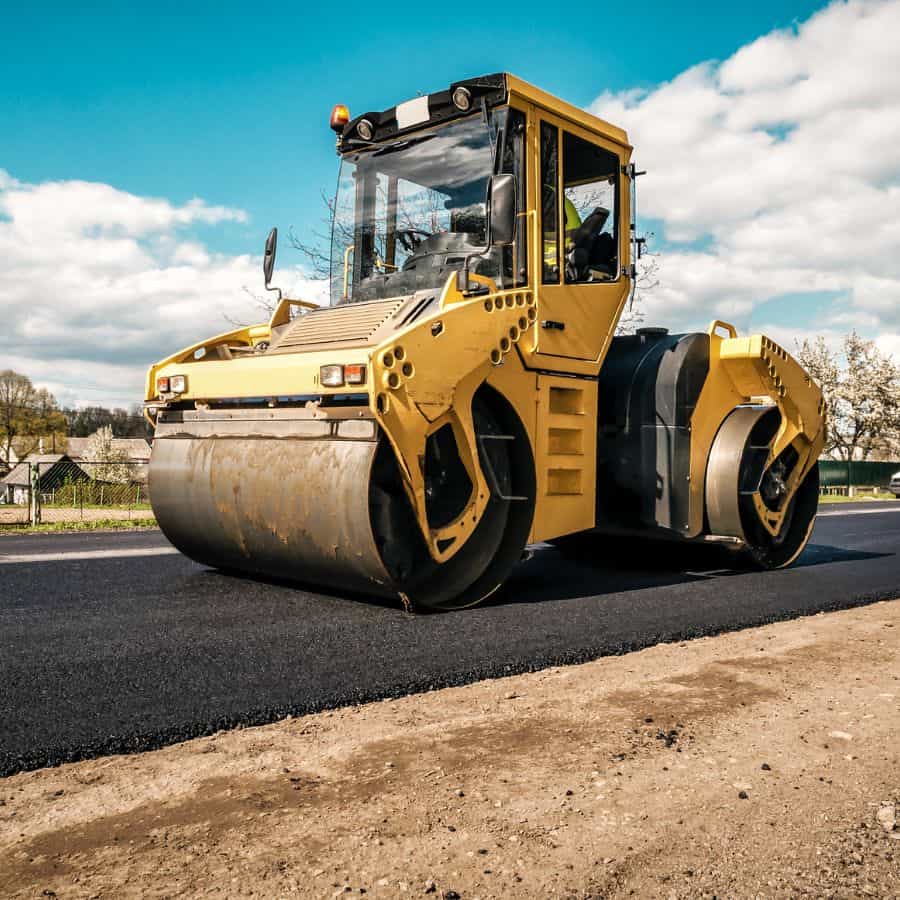What is subgrade?
The subgrade is the natural ground or prepared ground on which a structure’s foundation is built. Civil consultants design the subgrade depending on the project requirements. Furthermore, the subgrade supports the subbase level and an integral load-bearing layer. Moreover, it forms a critical interface between the superstructure and the underlying soil.
What are the functions of a subgrade?
- A subgrade distributes load evenly in a broad area and helps prevent localised stress and potential failures.
- The subgrade resists differential settlement, thus preventing structural damage.
- Subgrade facilitates the removal of water and prevents erosion.
What are the uses of subgrade?
Civil consultants use subgrade in various construction projects. Some of them are as follows:
- Roads: Subgrade in roads and highways help prevent potholes and ensure smooth driving conditions
- Railways: Subgrade forms a stable and durable base for the track. Additionally, it also reduces maintenance.
- Airports: A well-designed subgrade is critical for runway and safe aircraft operations
- Buildings and structures: Subgrade helps support the foundation and avoids structural failures.
Site clearance, excavation, soil improvement, compaction, moisture control and drainage systems are steps before preparation of subgrade.
What are the factors that civil consultants consider when designing a subgrade?
Civil consultants for industrial projects consider the following factors while designing the civil subgrade:
- Type of soil: The soil classification is necessary to understand the properties and behaviour of soil. Expansive soils swell when wet and shrink when dry, resulting in differential settlement. Soft soil has a low bearing capacity and needs stabilisation or reinforcement.
- Moisture: the moisture content in the soil helps understand and optimise the compaction. Excessive water can weaken the subgrade and reduce its load-bearing capacity.
- Compaction tests: These compaction tests help understand the density and achievable density.
- Assessing the soil’s resistance to shear stress is critical for stability.
- CBR Test: The California bearing ratio test helps understand the load-bearing capacity of subgrade
Why is a Subgrade of good quality important?
The quality of the subgrade is essential for the structure’s performance. Also it also helps prevent long-term issues and increases the structure’s life.
Conclusion
A well-designed subgrade is essential for structural integrity and the structure’s life. Moreover, experienced civil consultants for industrial projects understand the importance of subgrade and civil design accordingly.












